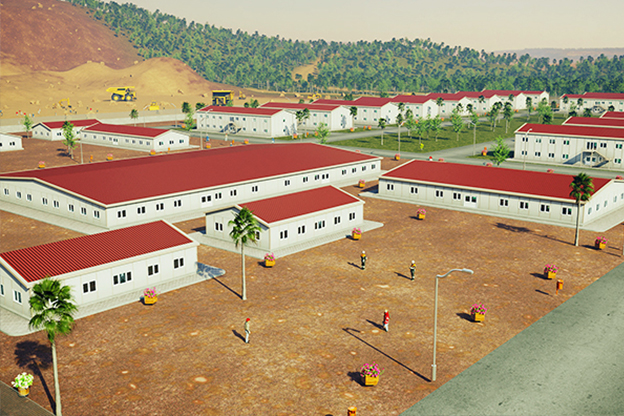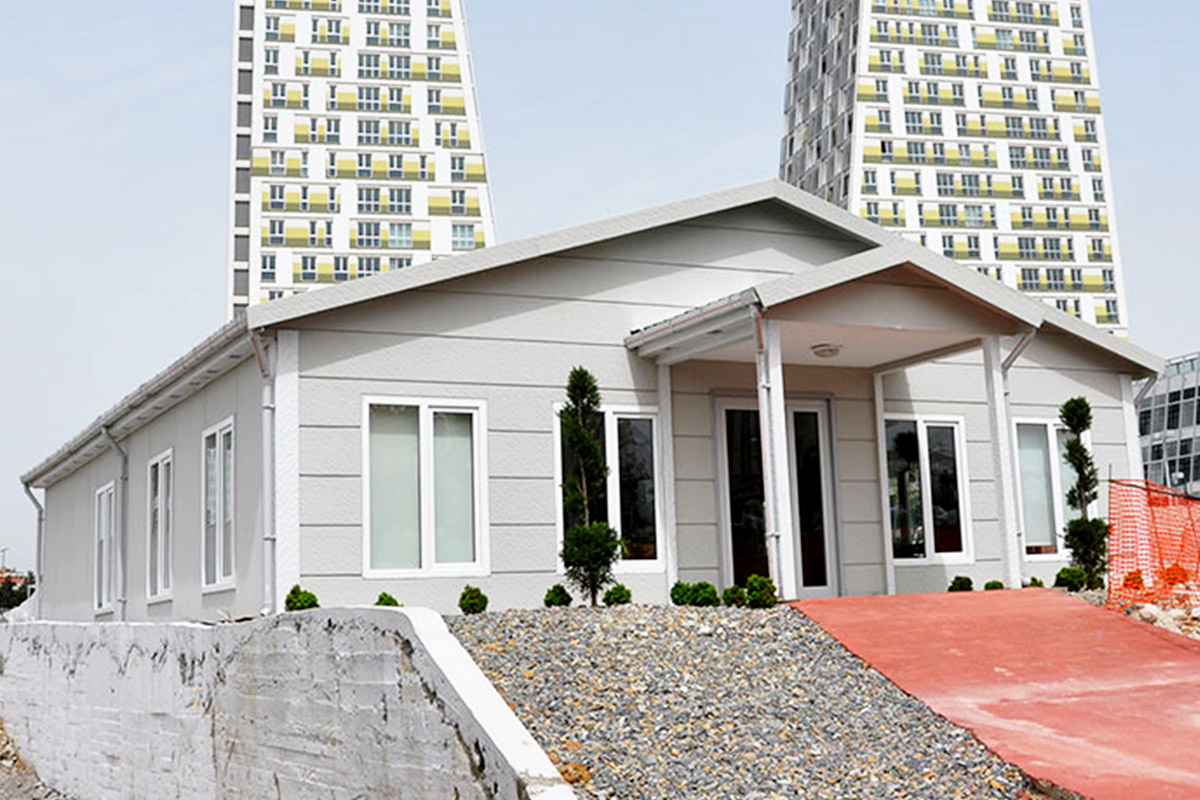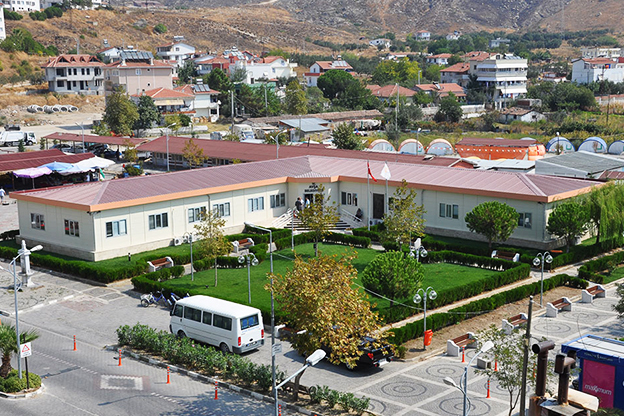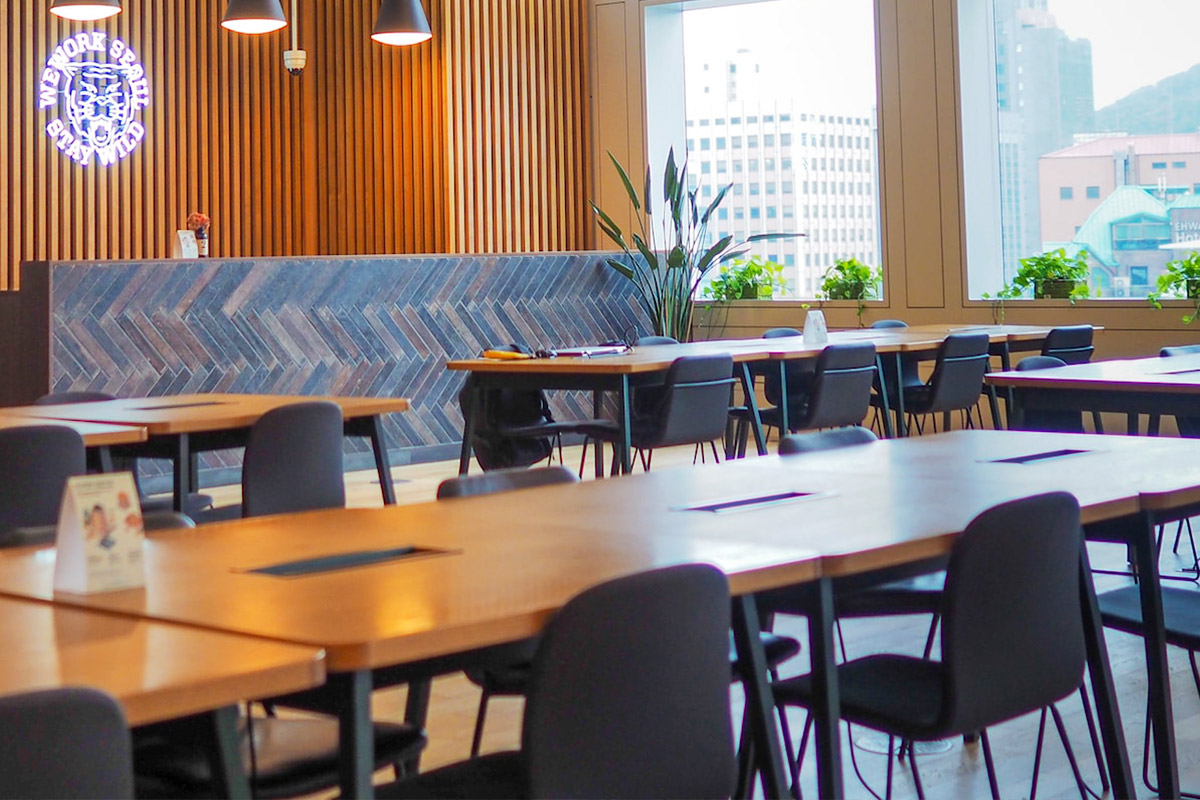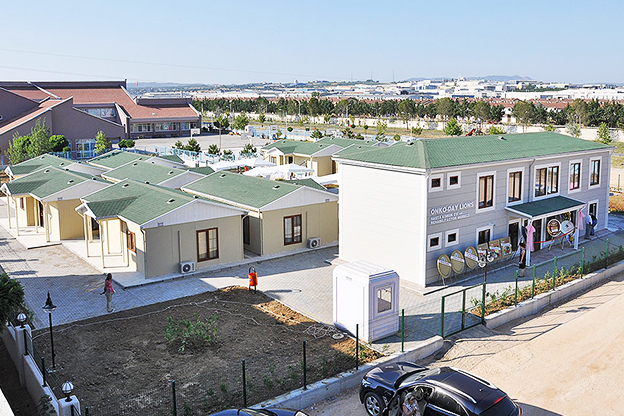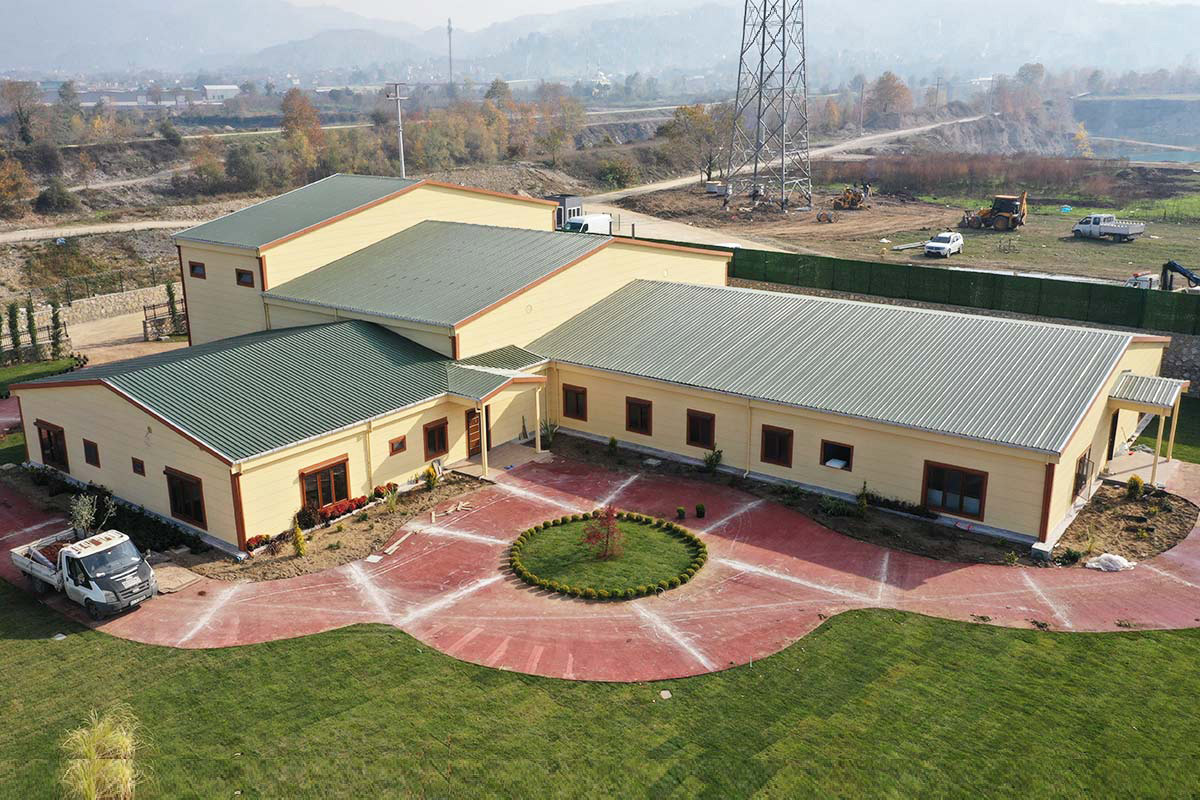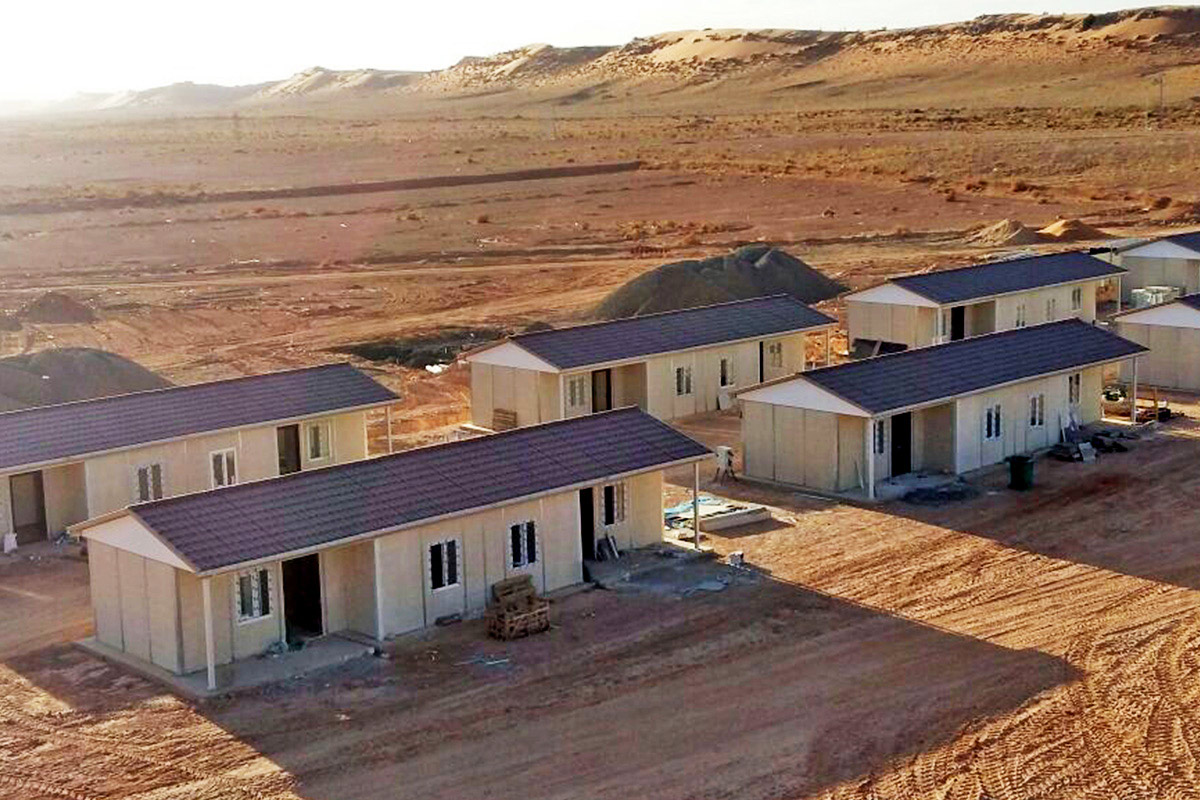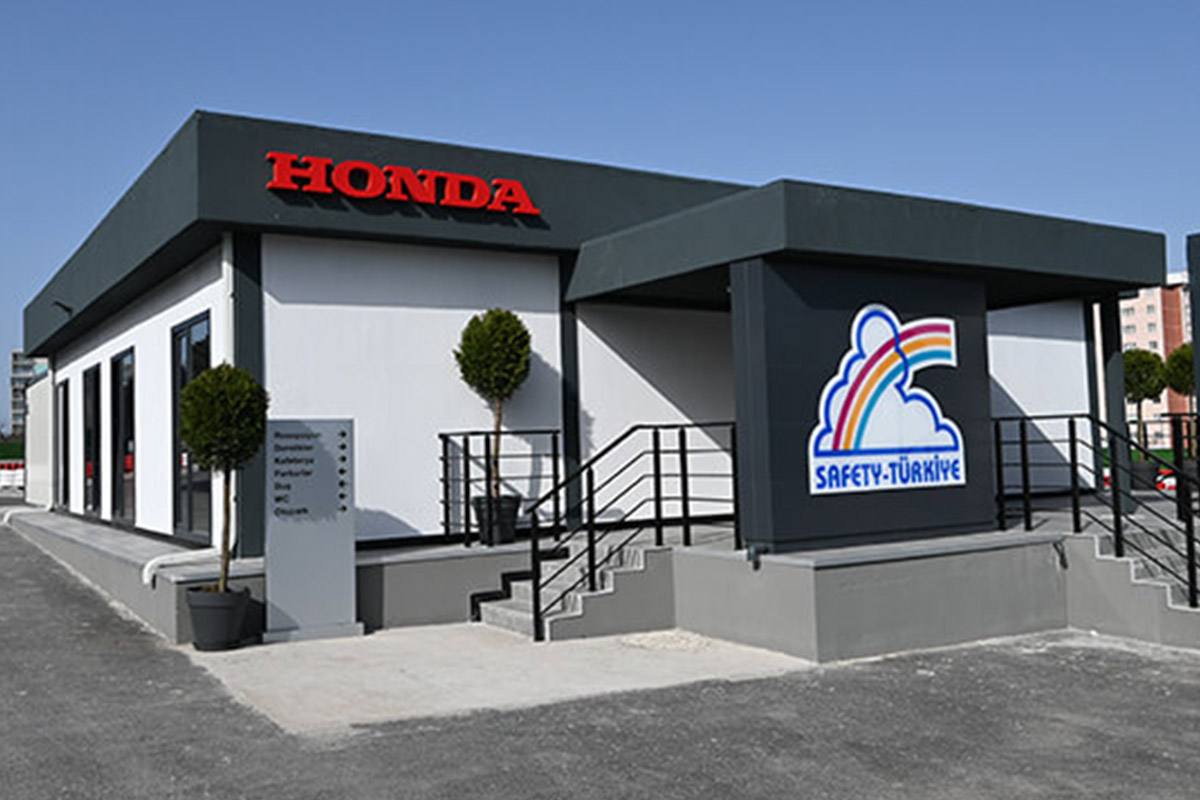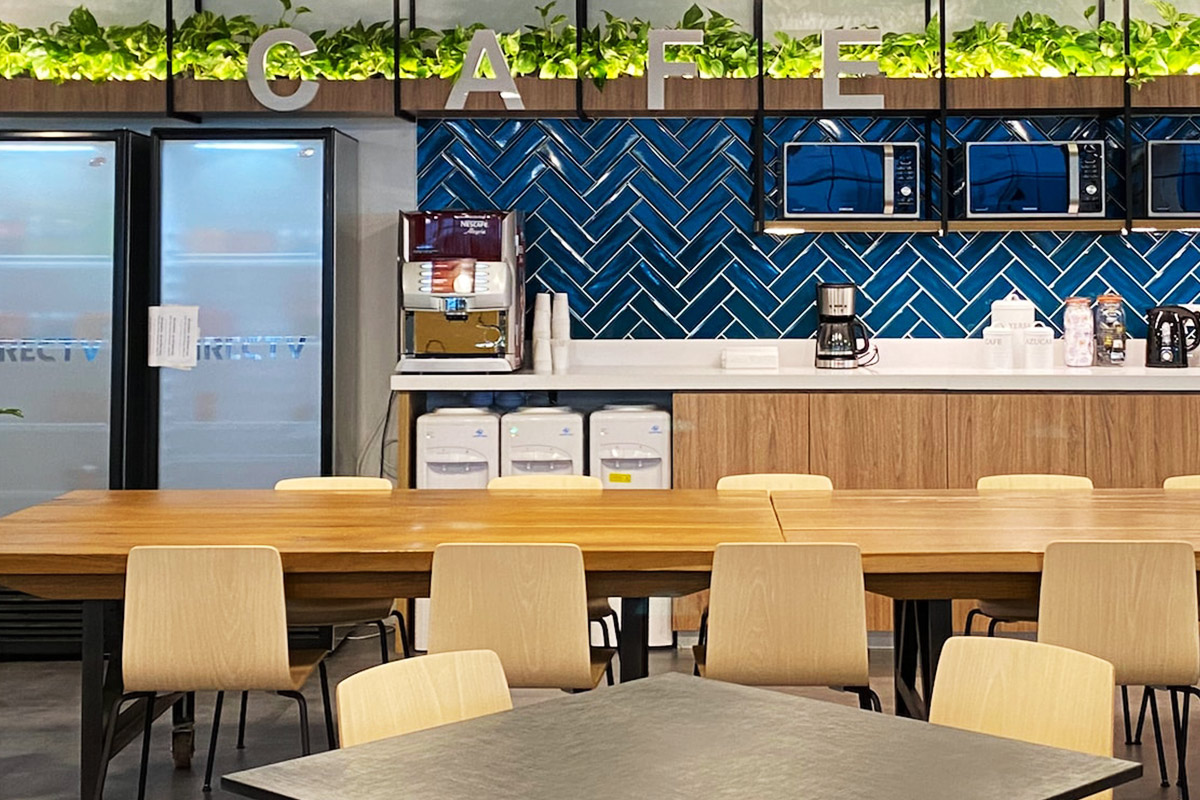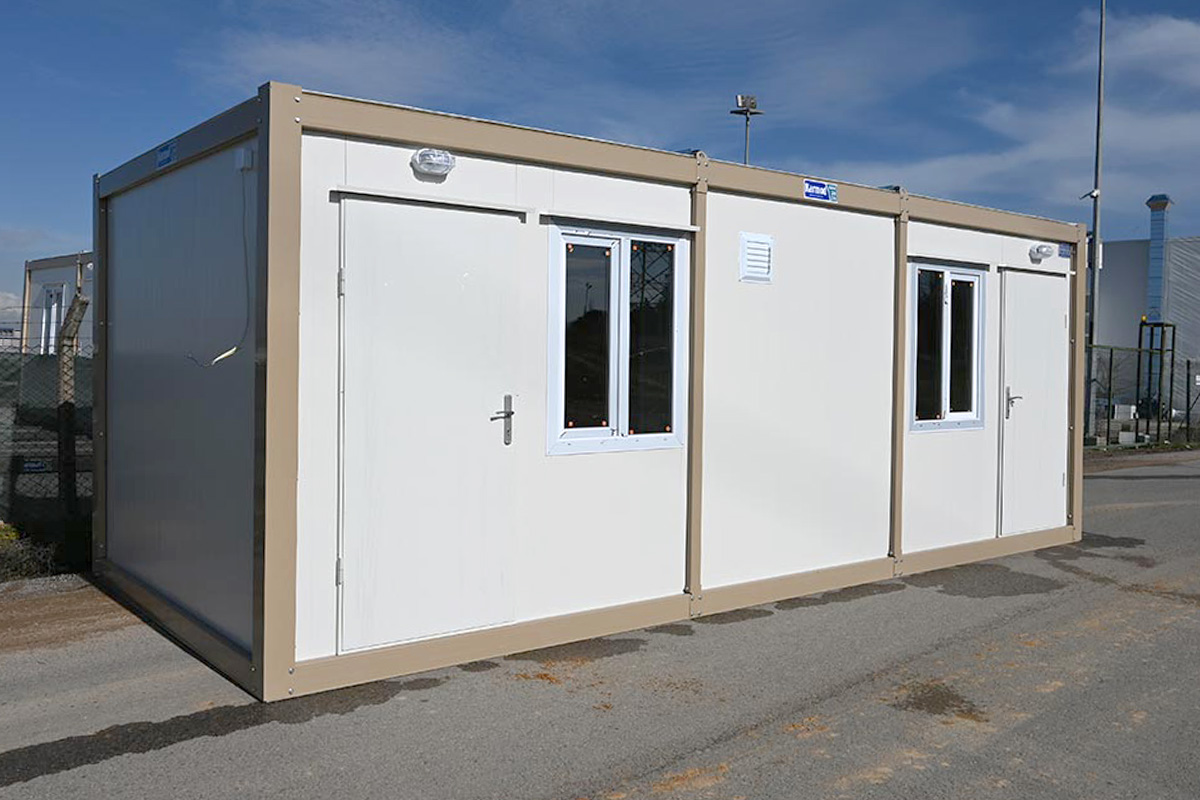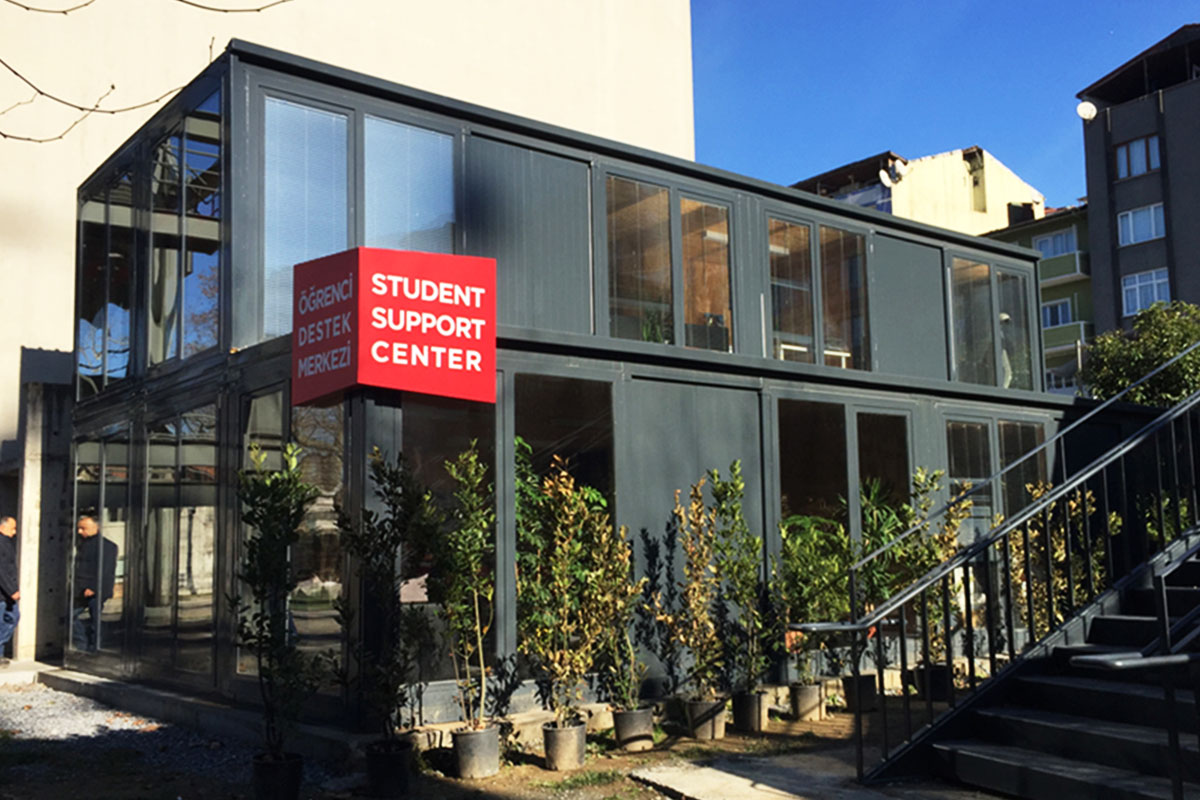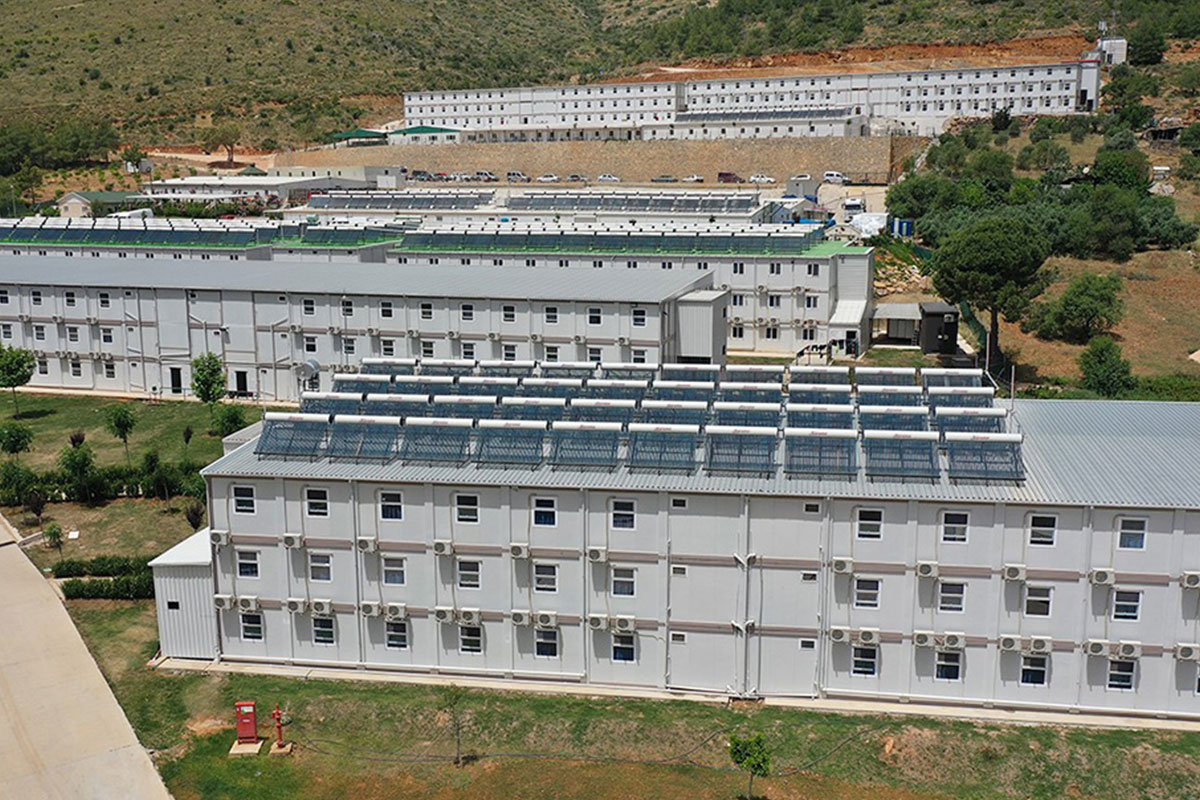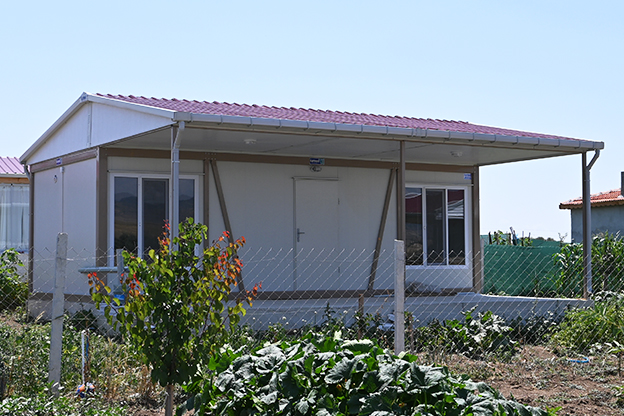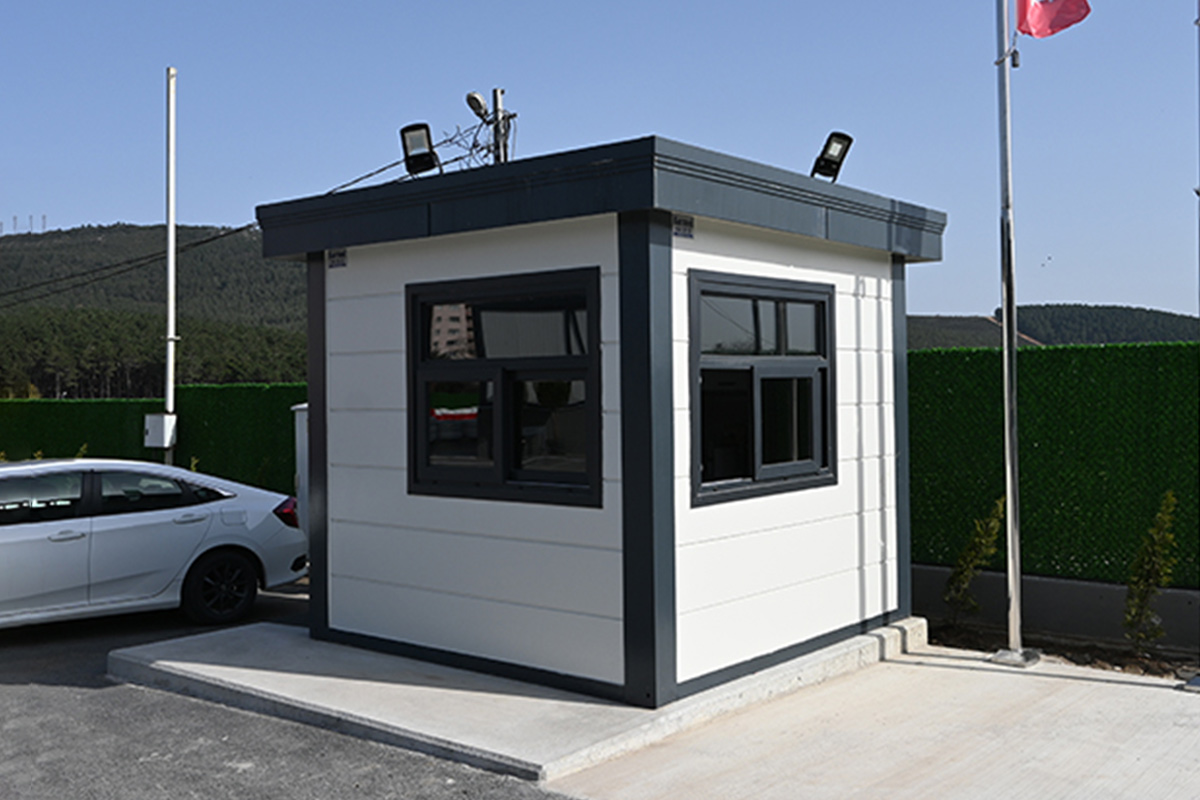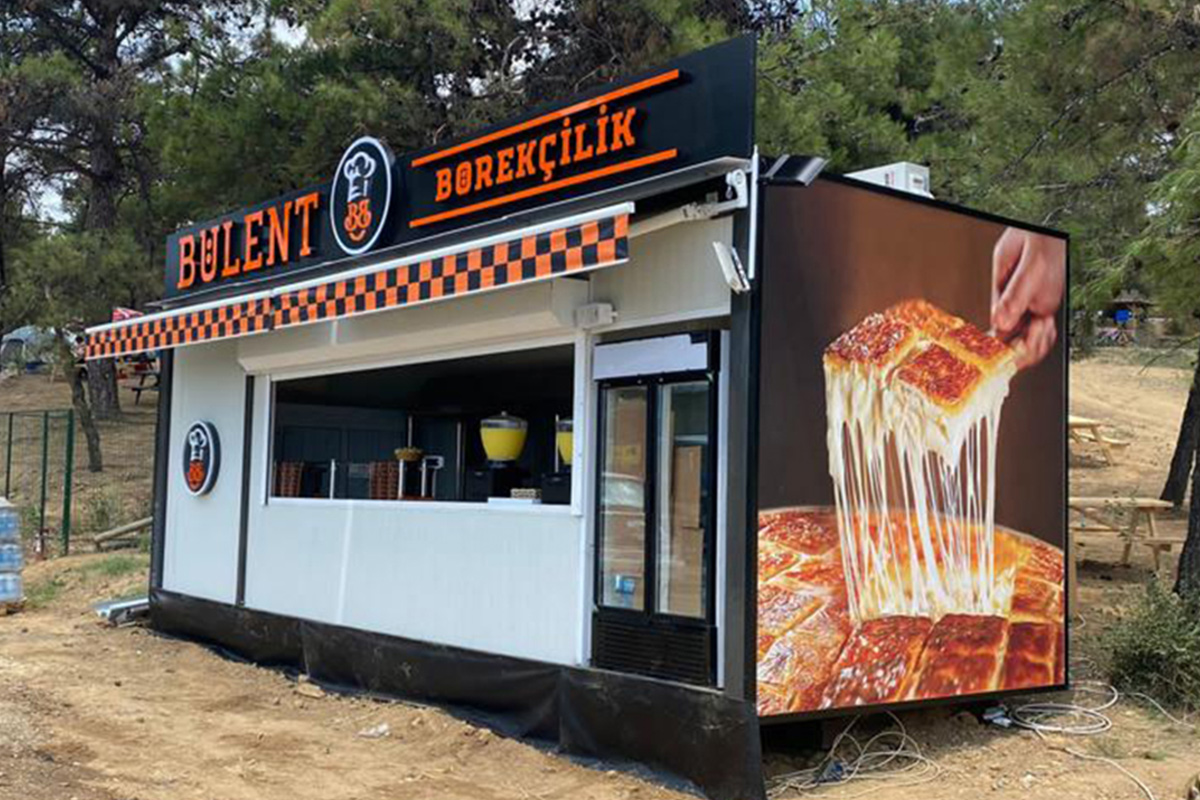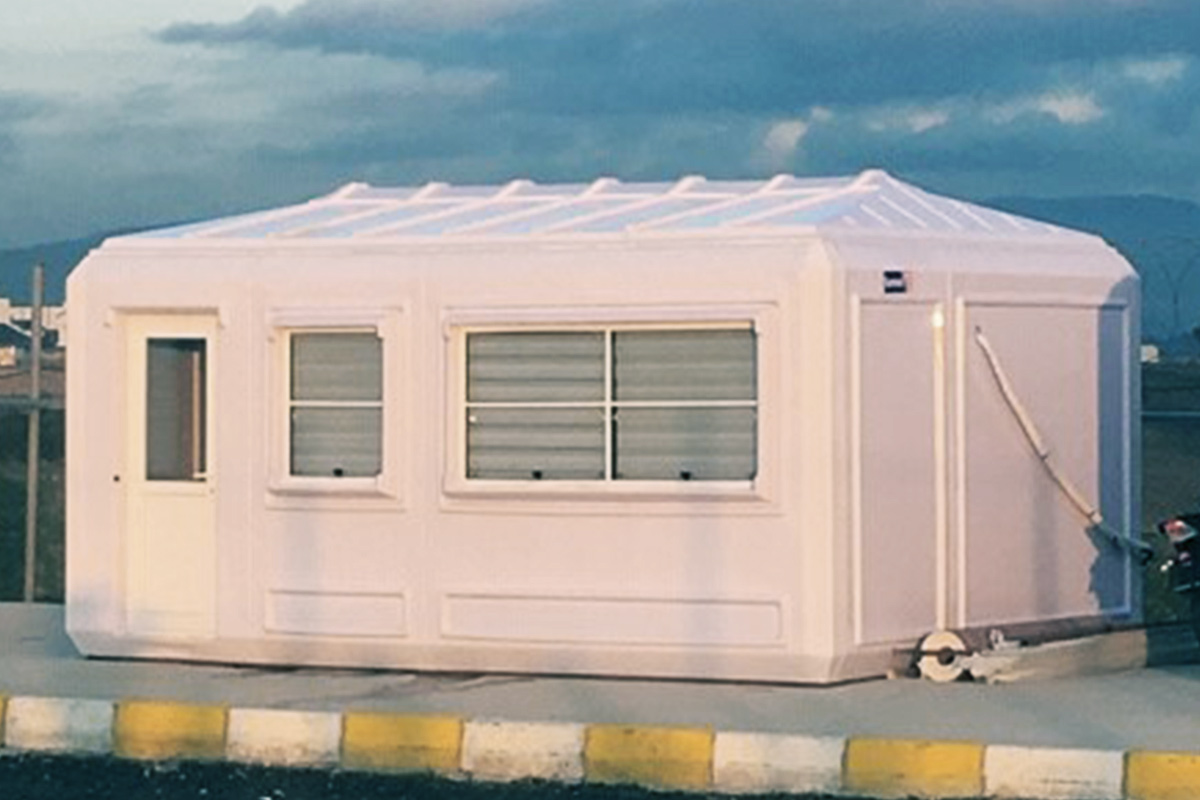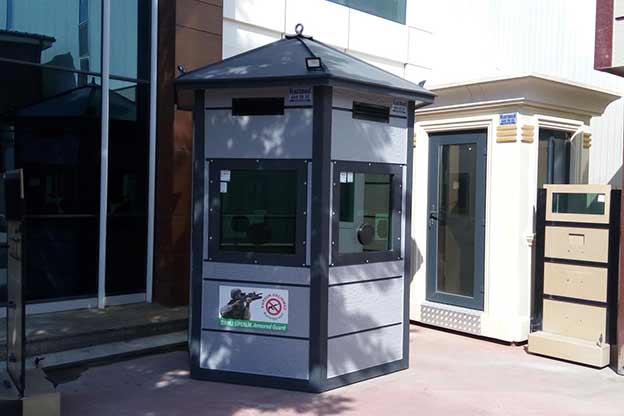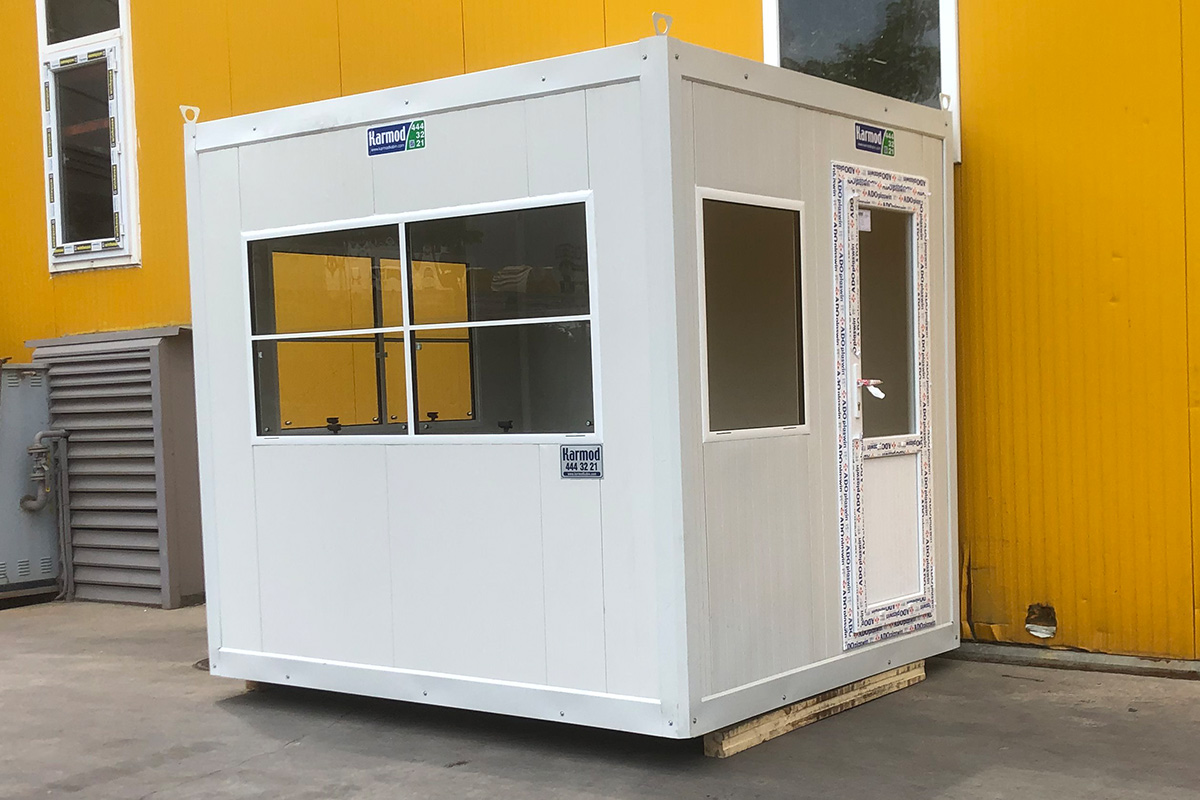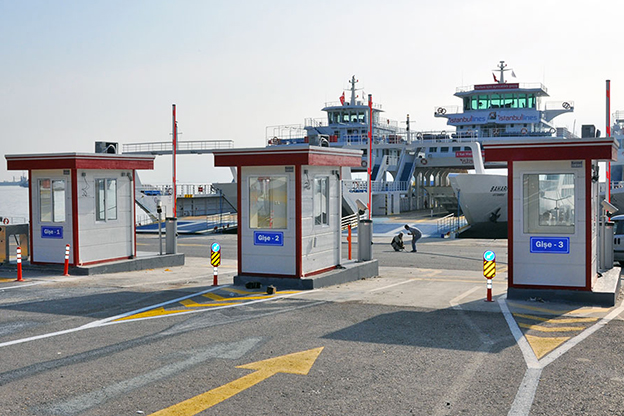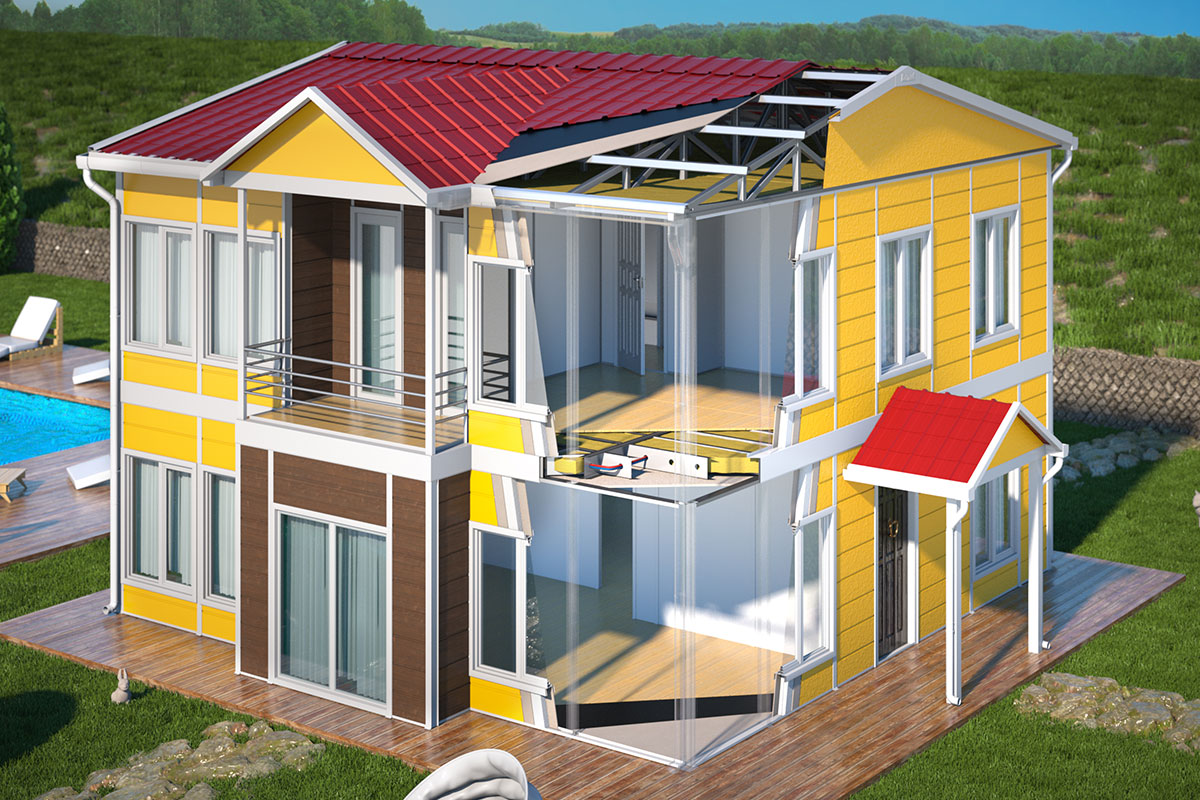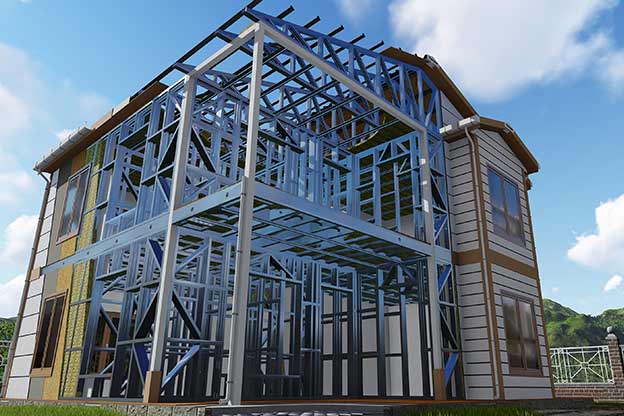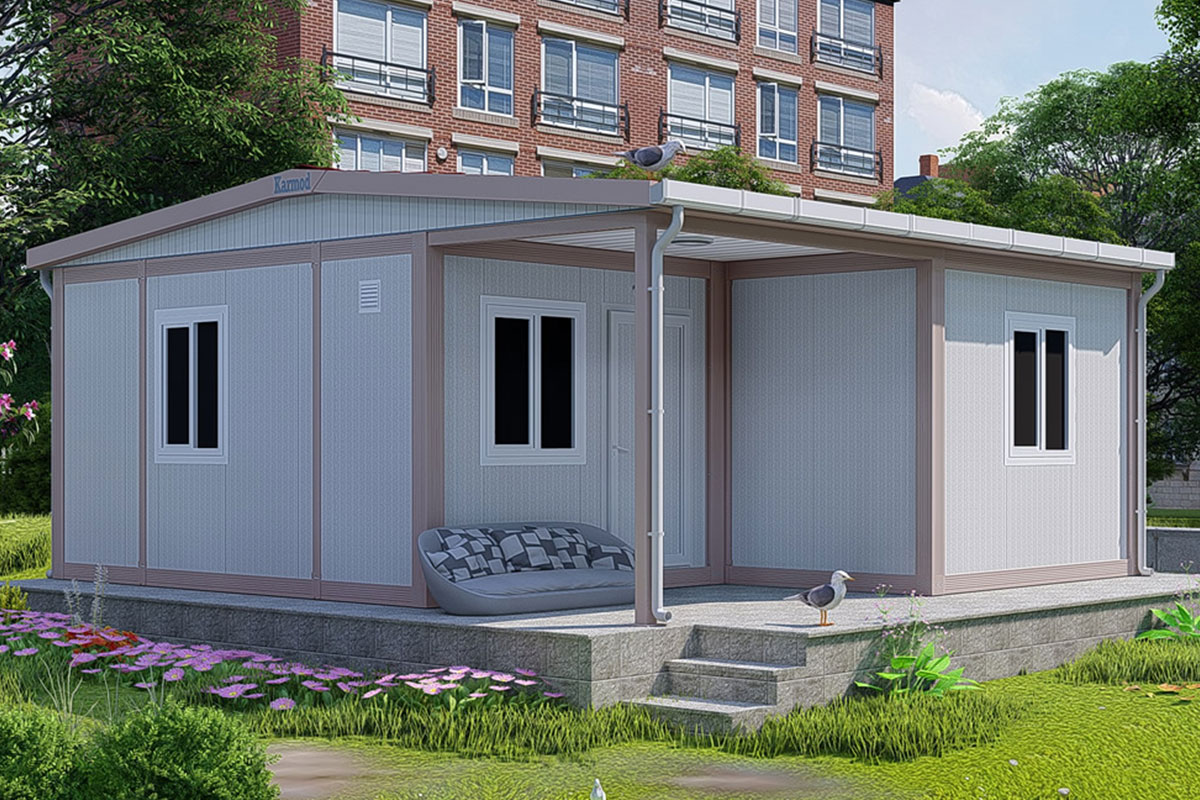Affordable Housing for Middle and Low Incomes in Malaysia
Karmod is a larger affordable housing manufacturer designed to meet the low cost housing demand of Malaysia and encourage the construction of affordable prefab modular homes by private developers. Karmod started to produce prefabricated houses in 1986, and so far, it has produced housing projects in 132 countries of the world and produced 40.0000 prefabricated fast houses. Made 160,000 happy families home.
This shows that Malaysia's economy and quality of life are improving, but at the expense of the environment. Currently, there is no operational definition of sustainable performance in the construction industry in Malaysia, and therefore low-cost housing is a coherent framework and the impact on society is enormous. Low-cost housing in Malaysia represents 30% of the 2022 housing targets offering affordable housing in urban areas. The issue of low-cost sustainable housing is still unexplored territory in Malaysia. While low-cost housing contributes to economic and social sustainability, the environmental impact of low-cost housing has not yet been evaluated. In Malaysia This provides a brief overview of how low-cost housing can contribute to the triple bottom line of sustainable development.
Malaysia's home ownership agenda has always focused on accessing affordable and quality housing. Affordable and high-quality modern steel homes inspired by modern living concepts for middle-income Malaysians”. One way to lighten the load could be an affordable social housing scheme. These plans will help you cover either low to mid-cost social housing solutions or upfront housing costs.
Affordable Quality Homes in Malaysia for Your Budget
The increasing urban population in Malaysia is rapidly increasing the demand for affordable housing. social housing in urban areas. On the one hand, it provides an opportunity to build a more inclusive future. Every Malaysian citizen has a regular home that they can call home. Urban population growth and regeneration of slums and poorly planned areas in Malaysia. High birth rate in Malaysia, migration from rural to urban areas, and the spread of urban settlements. Considering that Malaysia's urban populations are among the world's poor, its growth rates are challenging its resource bases to build and maintain adequate infrastructure and public services for a large country's growing populations. Innovative and targeted approaches to affordable social housing, if countries take advantage of demographic change to stimulate economic growth and expand job opportunities. According to the data of the United Nations, the slums in Malaysia will host prefabricated modular homes for more than 50 million people. At this rate, the number of people living in slums will double in the next 15 years. While in
Malaysia will also produce affordable houses for the poor
The rapid urbanization and scale of new modular buildings being built in Malaysia indicate an urgent need for a change in policy and working style. His country's demand for low-cost social housing shows that Malaysia's economy and quality of life are improving, but at the expense of the environment. Currently, sustainable performance in the construction industry does not have operational housing definition in Malaysia and therefore there is significant demand to build and sell affordable affordable housing estates. An environmental assessment is predicted to prevent the country from being locked into an unsustainable future any further. In Malaysia, low-cost public housing represents 24% of the 2022 housing targets that offer affordable housing in urban areas. The issue of low-cost sustainable prefabricated housing is still unexplored territory in Malaysia. While low-cost social housing contributes to economic and social sustainability, the environmental impact of low-cost prefabricated housing has not yet been evaluated. This provides a glimpse into how low-cost steel houses and residences can contribute to the triple bottom line of sustainable development.





